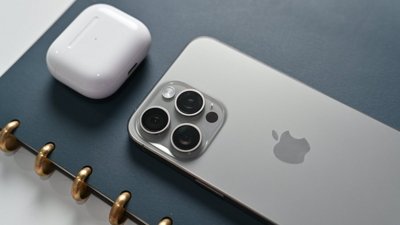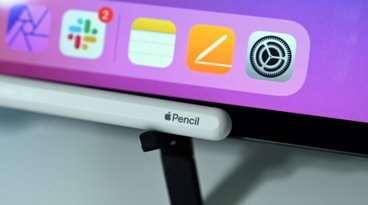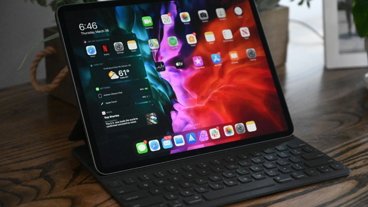Watch: 2018 iPad vs. 2017 10.5-inch iPad Pro
Apple just released a refreshed 9.7-inch iPad for 2018. Retaining last year's $329 price tag, the new slate is Apple's first budget model to support Apple Pencil and sports a speedy A10 Fusion process. Find out how it compares to its bigger 10.5-inch iPad Pro sibling in this video.
Apple Pencil support is a huge deal for users who want to write or draw with Apple's pressure-sensing stylus, but were unwilling to pay upwards of $600 to do so — the 2017 10.5-inch iPad Pro retails for $649, to be exact, although deals can be found in our Price Guide.
There are a few differences in display technology that can actually make a difference while using the Apple Pencil. The 2017 iPad Pro boasts ProMotion, a technology that refreshes the screen at a rate of 120 times a second rather than the normal 60Hz seen on all other Apple devices. The difference is immediately apparent in slow-motion footage, which shows the iPad Pro's display is much more fluid when interacting with Pencil.
Testing Apple Pencil response time, it takes much longer for marks to show up on the 9.7-inch iPad's screen when compared to near instantaneous reaction times on iPad Pro.
Another big difference is that the iPad Pro's display is fully laminated, giving the illusion that the LCD panel is part of the cover glass. It also helps boost contrast and color reproduction. The budget iPad has a non-laminated display, which looks a bit grey compared to the deep blacks the Pro is capable of reproducing.
You can also easily notice a gap in-between the display and the glass on the cheaper model. When using Apple Pencil, the gap becomes much more noticeable because concentrating on the stylus tip. This can cause issues with accuracy, especially when drawing detailed graphics when not looking straight down at the iPad. On iPad Pro, however, the gap between Apple Pencil and LCD is almost non-existent, so it pretty much feels like you're actually drawing on a piece of paper.
So the Apple Pencil experience is definitely better on the 10.5-inch iPad Pro, but is the Pro worth twice the price?
The 2017 iPad Pro's display includes P3 wide-color gamut support, so colors really pop. The screen on the Pro is also noticeably brighter, which is especially helpful when using the device outside. On top of that, the iPad Pro has an antireflective coating which definitely helps cut down on glare. Another great display feature that comes on the Pro is True Tone, which automatically tunes the display's white balance to match ambient light.
The new 2018 iPad comes with Apple's A10 Fusion processor, a four-core processor pulled directly from the iPhone 7 and 7 Plus, whereas the 2017 iPad Pro is loaded with the A10X chip, Apple's first six-core mobile processor.
In Geekbench 4, the iPad Pro got a 13 percent higher score in the single-core test, which honestly isn't anything to write home about. However, there's a huge difference in the multi-core test, with a 57 percent better score for the Pro. The iPad Pro more than doubled the graphics score put in by the 2018 iPad, which will translate into massive improvements in rendering and multi-core processes.
In Antutu's benchmark, the Pro scored 19 percent higher than the budget iPad. We saw similar results in 3DMark's Slingshot Extreme benchmark, with the iPad Pro scoring 20% higher than the iPad. We also tested browser performance, and there wasn't much of a difference.
In Octane 2.0, the Pro only scored about 10 percent higher. In Antutu's HTML5 browser benchmark, there was an even smaller difference, with 6 percent better scores on the Pro.This isn't too surprising because the 2018 iPad scored so well in Geekbench 4's single-core test, and only one core is being used for the browser benchmarks. However, when you start to add more and more tabs and switch between them, the iPad Pro's extra cores will really make a difference.
Since the iPad Pro did so well in the graphics test, we decided to play the newly-released Fortnite, which is now open to all comers, for an hour on each device. We noticed that the graphics quality on the Pro was higher, and the game loaded quicker than on the 2018 iPad. Gameplay was very smooth, and we didn't notice any frame drops. The colors popped more on the Pro, and the larger screen size made gameplay more immersive.
On the other hand, it was much more comfortable to play on the 2018 iPad, since it isn't as wide. We did notice that the screen was more reflective on the 9.7-inch iPad, which was distracting at times.
After an hour of Fortnite gameplay, the iPad Pro's battery dropped to 80 percent. On the 2018 iPad, it only dropped to 87 percent, so we can see that the extra horsepower does drain more battery life while performing processor-intensive tasks.
Both iPads weigh around a pound, but the 2018 iPad is actually thicker than the 10.5-inch Pro. For having a screen that's almost one inch larger, it's not much bigger thanks to slimmed bezels all around. The Pro's camera protrudes a little bit, which may be annoying to some. There's also no rear-facing flash on the budget iPad.
The Pro also has 4 speakers instead of two on the 2018 iPad, and they sound much better. The 2018 iPad does have stereo speakers, but they're on the bottom edge of the device, making stereo output a nonstarter when in landscape mode.
The Pro also gets Apple's Smart Connector, which transfers both power and data to a variety of Apple and Logitech accessories.
Both phones have a physical Home button with Touch ID, though the Pro gets Apple's second-generation technology. We tested Touch ID speed, and the Pro unlocked much quicker and much more reliably than the budget iPad, which would often fail to unlock unless you kept your finger on the sensor.
There are some huge differences in the cameras as well. The Pro gets a 12MP sensor capable of shooting 4K video. The 2018 iPad only gets 8MP and can shoot up to 1080P. Photos are more detailed and the colors look better on the Pro. Also, the video on the iPad Pro looks much more detailed than on the low-end iPad.
An even larger disparity is seen in the FaceTime camera, with 7MP on the Pro capable of 1080p video and a quite poor 1.2MP on the iPad, with up to 720P recording.
 AppleInsider Staff
AppleInsider Staff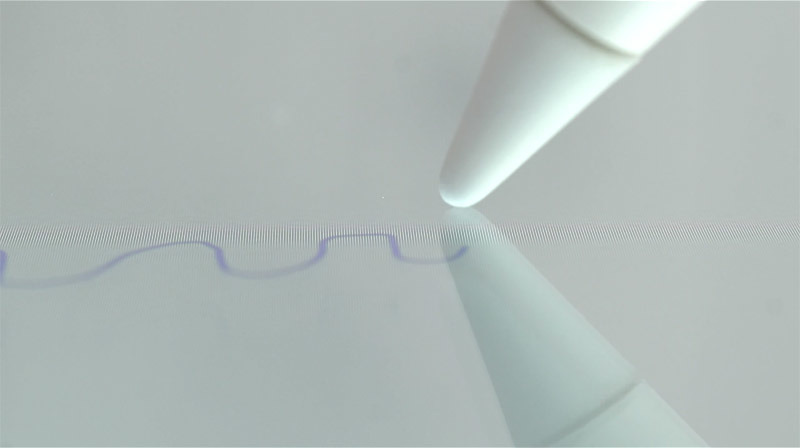
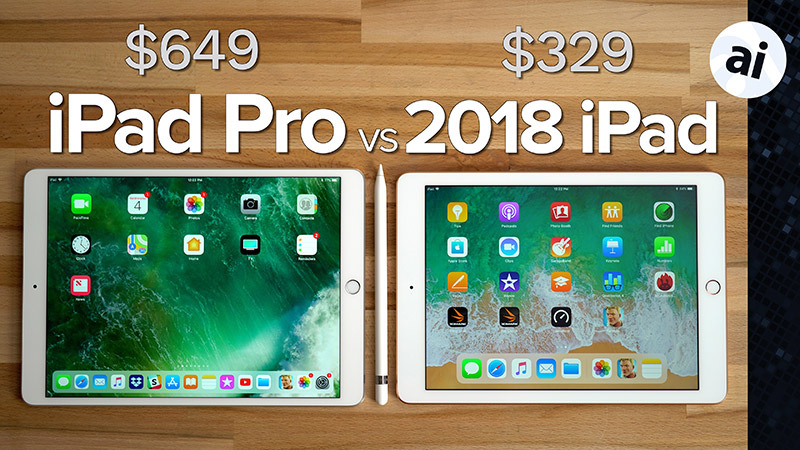
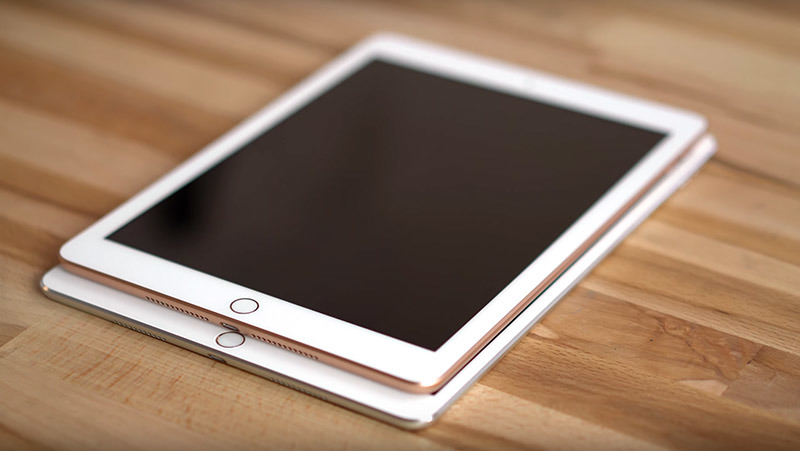





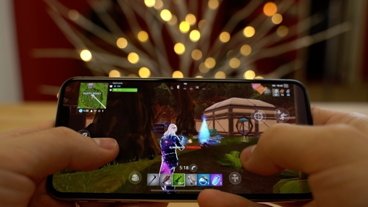






 Chip Loder
Chip Loder
 Andrew Orr
Andrew Orr
 Christine McKee
Christine McKee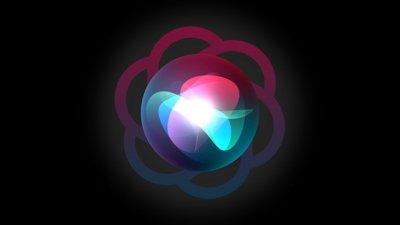
 Marko Zivkovic
Marko Zivkovic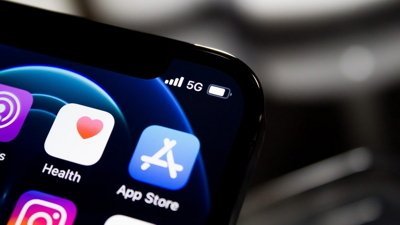
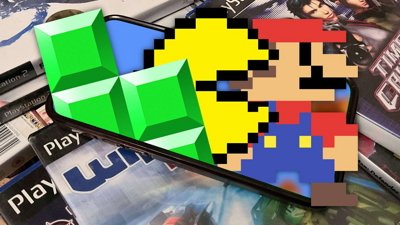
 Mike Wuerthele
Mike Wuerthele
 William Gallagher
William Gallagher